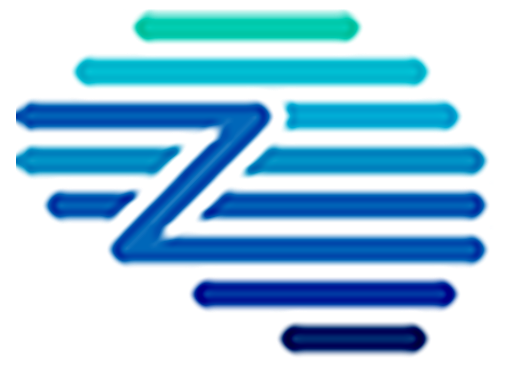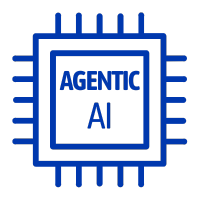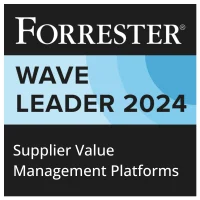Supply Chain Operations Reference (SCOR) is a process reference model designed to facilitate effective communication among supply chain partners and improve the efficiency of supply chain management processes. It provides a comprehensive framework that links business processes, metrics, best practices, and technology features in order to achieve streamlined supply chain operations.
Key Benefits
– Improved Process Efficiency: SCOR provides a structured framework to streamline supply chain processes, allowing for more efficient operations by utilizing best practices and process benchmarks.
– Enhanced Performance Metrics: It offers a set of standardized metrics for performance evaluation, helping organizations assess their supply chain efficiency against industry standards and identify areas for improvement.
– Better Visibility and Communication: SCOR enhances supply chain visibility and facilitates enhanced communication among stakeholders, promoting a common language and understanding across various supply chain functions.
– Increased Agility and Responsiveness: By leveraging SCOR processes, companies can increase their agility and respond more swiftly to market demands and changes, thus maintaining a competitive advantage.
– Facilitated Continuous Improvement: With a focus on ongoing optimization, SCOR supports continuous process improvements, encouraging organizations to refine and align their supply chain strategies with business goals.
Related Terms
– Improved Process Efficiency: SCOR provides a structured framework to streamline supply chain processes, allowing for more efficient operations by utilizing best practices and process benchmarks.
– Enhanced Performance Metrics: It offers a set of standardized metrics for performance evaluation, helping organizations assess their supply chain efficiency against industry standards and identify areas for improvement.
– Better Visibility and Communication: SCOR enhances supply chain visibility and facilitates enhanced communication among stakeholders, promoting a common language and understanding across various supply chain functions.
– Increased Agility and Responsiveness: By leveraging SCOR processes, companies can increase their agility and respond more swiftly to market demands and changes, thus maintaining a competitive advantage.
– Facilitated Continuous Improvement: With a focus on ongoing optimization, SCOR supports continuous process improvements, encouraging organizations to refine and align their supply chain strategies with business goals.
References
For further insights into these processes, explore Zycus’ dedicated resources related to Supply Chain Operations Reference (SCOR):
- Driving Collaboration with Contract Management – Part 2
- Maximizing Compliance and Efficiency: The Unseen Value of Business Rule Validator
- 10 Best Practices for Procurement Manager in 2024 and Beyond
- TechWatch: Transform Supplier Risk Management with iRisk
- Streamlining Procurement Processes with Zycus: A Comprehensive Guide
White Papers
Master the UK Procurement Act 2023: Ensure Compliance & Drive Procurement Excellence

Filter by
Compliant Invoicing
Compliant Invoicing refers to the process of generating, submitting, and managing invoices in adherence with legal, regulatory, and contractual requirements.
Continuity Plan
A Continuity Plan is an organized set of policies and procedures designed to ensure that a company’s essential operations can
Cost Modeling
Cost Modeling in procurement refers to the analysis and estimation of the total cost of ownership of a product or
Contract Audit
Contract Audit is a systematic evaluation of agreements and related documentation to ensure compliance with contractual terms, identify discrepancies, and
Procurement Cycle
The Procurement Cycle refers to the end-to-end process through which an organization identifies its needs, sources suppliers, negotiates contracts, places
Procurement Master Data Management
Procurement Master Data Management is the disciplined approach to managing core, consistent procurement information, including supplier, product, and contract data,






















































